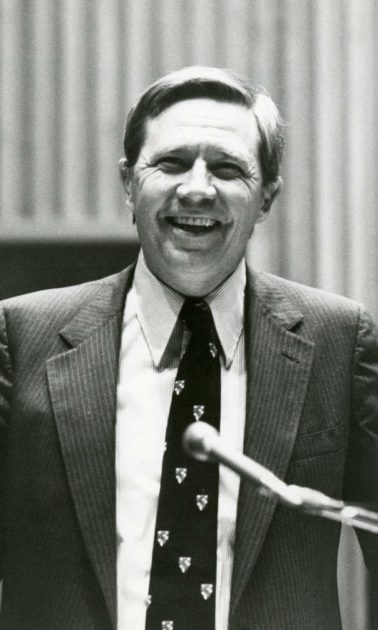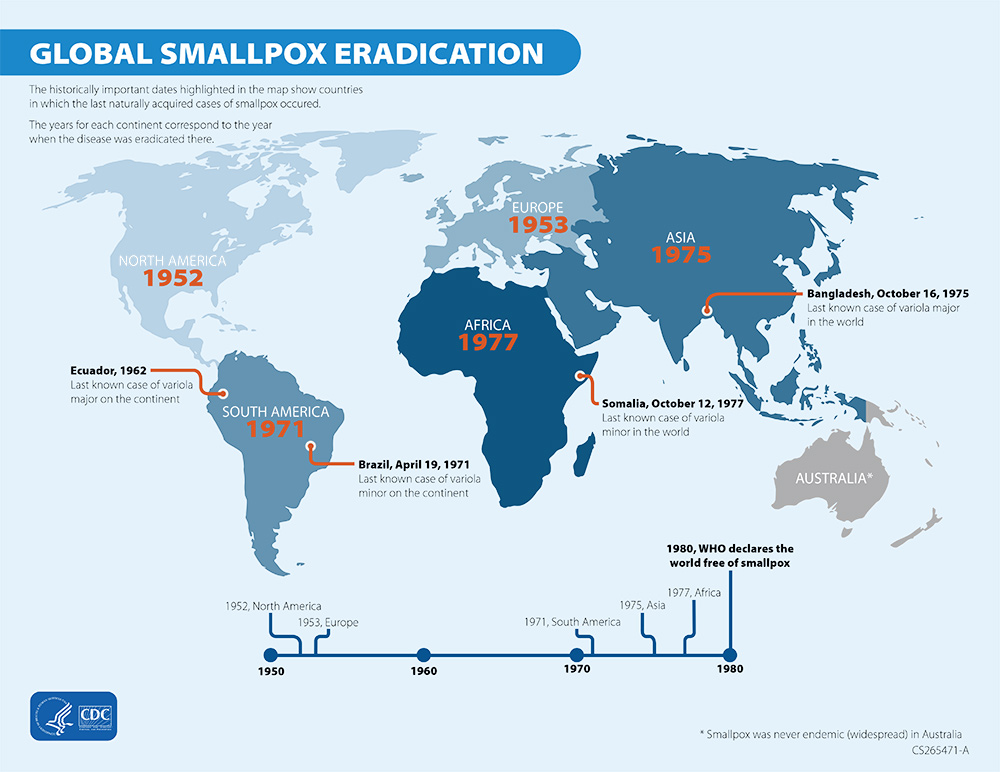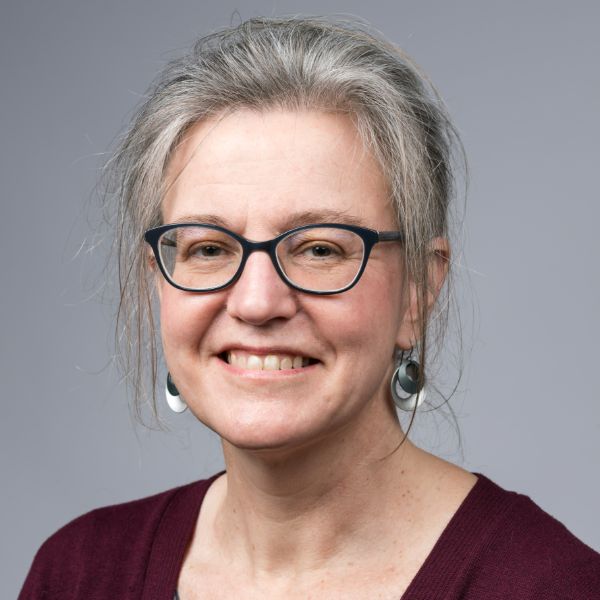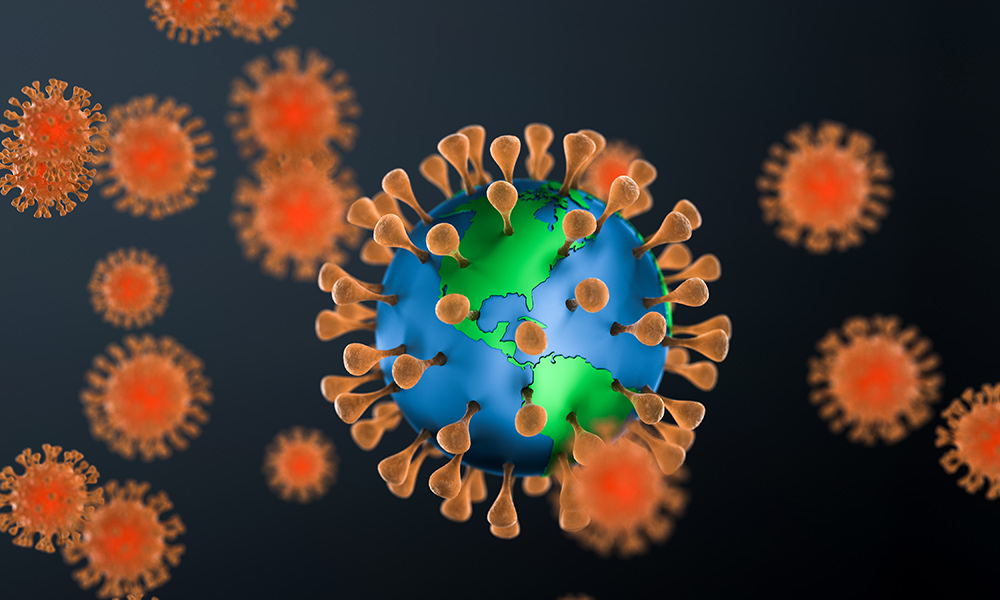In the history of fighting global infectious diseases, University of Rochester alumnus Donald Ainslie (DA) Henderson is widely considered to be one of the most significant figures in modern epidemiology. A 1954 MD graduate of the School of Medicine and Dentistry, Henderson led the World Health Organization’s worldwide initiative to eradicate smallpox.
In 1977, Henderson accepted an award on behalf of the WHO for “virtually ridding the earth of an ancient international and insidious enemy.” When he accepted the 1976 Albert Lasker Public Service Award, Henderson detailed the enormous challenges public health officials faced even when, as with smallpox, a vaccine was available.
Containing and eliminating the tens of thousands of cases that remained required an international network of health workers, traveling over large areas of the globe to identify and isolate cases, and to locate and vaccinate contacts. They faced enormous setbacks and challenges, as floods and famines sent individuals roaming, spreading the disease, and some populations resisted accepting a vaccine.

“More than 150,000 national staff have worked closely with more than 600 WHO staff and consultants from 51 countries under the most impossible of conditions,” he said. “Voluntary donations have been received from 43 countries and many private sources—and the list of contributors embraces those in the developing world—such as India, Kenya, Guinea, Uganda and Nigeria, to mention but a few; teams from neighboring countries have crossed hitherto sacrosanct national borders to cope with common problems; necessary research has been willingly undertaken as a cooperative effort by scientists across the world.”
When Henderson began his WHO position, there were an estimated 10 to 15 million cases of smallpox in the world, and the disease was endemic in 33 nations. Ten years later, on August 9, 1976, the organization reported what they thought was the last case, in Ethiopia.
Henderson ended his Lasker remarks by pointing to “the implications which this program bears for the future in providing an example of how much can be achieved and for so little when there is a willingness on the part of all governments to pool their efforts in a clearly defined effort and an international organization able and willing to accept the challenge of carrying it out.”
Henderson died in 2016. Read an appreciation in Rochester Review.
Read Henderson’s reflections on a career in public health.

Career Highlights
1954 Earned medical degree from University of Rochester School of Medicine and Dentistry
1955 Joined Epidemic Intelligence Service at Centers for Disease Control and Prevention (CDC)
1960 Became chief of viral disease surveillance at the EIS
1960 Earned master of public health degree from Johns Hopkins University
1966 Became director of World Health Organization’s smallpox eradication program, based in Geneva, Switzerland
1977 Appointed dean of what is now the Johns Hopkins University Bloomberg School of Public Health
1991 Served in the White House as associate director for life sciences in the Office of Science and Technology Policy
1993 Appointed deputy assistant secretary for health and senior science adviser in the Department of Health and Human Services
1998 Founded the Center for Civilian Biodefense Strategies at John Hopkins
2001 Following the September 11 terrorist attacks, tapped as director of the Department of Health and Human Services’s Office of Public Health Emergency Preparedness
2002 Awarded the Presidential Medal of Freedom





